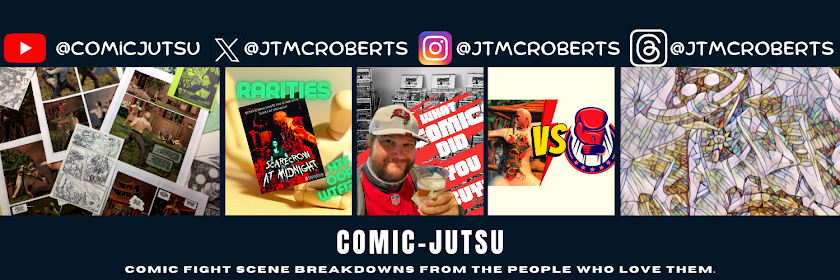The Main Man, Lobo himself, jumps headfirst into the Comic Book Dojo to slice and dice his way through his very own X-Mas book called the Lobo Paramilitary Christmas Special! Join us for a look at all of the irreverence, depravity and gory glory within!
Lobo is a character appearing in comic books published by DC Comics. The Lobo character was created by Roger Slifer and Keith Giffen, and he first appeared in Omega Men #3 (June 1983). Lobo is an alien from the utopian planet of Czarnia, and he works as an interstellar mercenary and bounty hunter.
Lobo was first introduced as a hardened villain in the 1980s, but he soon fell out of use with writers. He remained in limbo until his revival as a bounty hunter with his own comic in the early 1990s. Writers attempted to use Lobo as a parody of the 1990s trend towards "grim and gritty" superhero stories, but he was instead enthusiastically accepted by fans of the trend. This popularity led to the character having a much higher profile in DC Comics stories from then on, as well as starring roles in various series in the decades since.
Lobo made his live-action debut in the 2019 premiere episode of the second season of the television series Krypton, portrayed by Emmett J. Scanlan.



.png)




